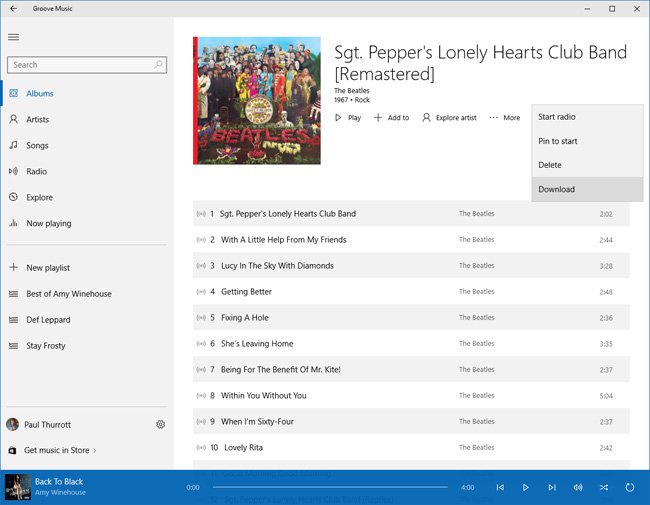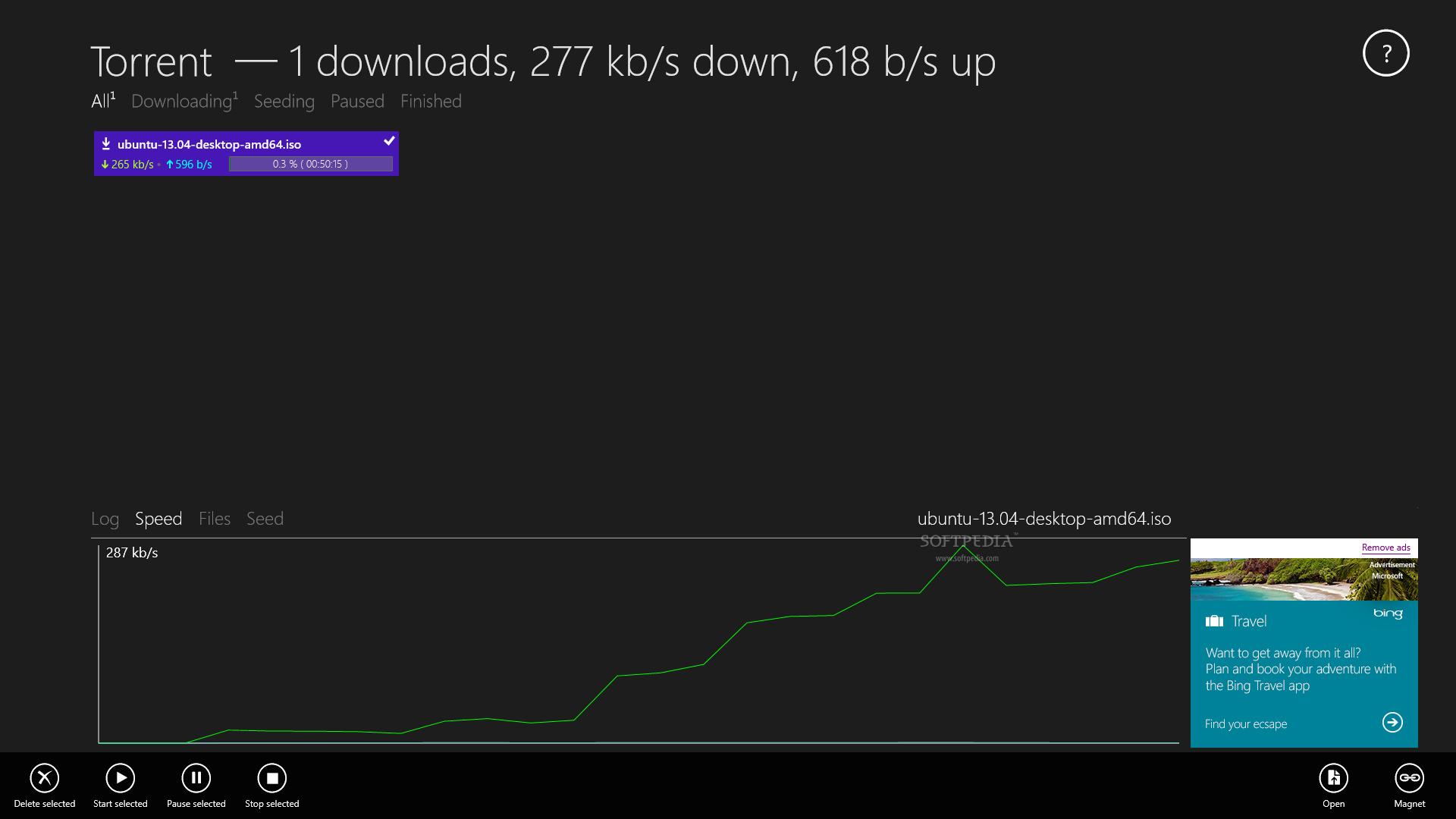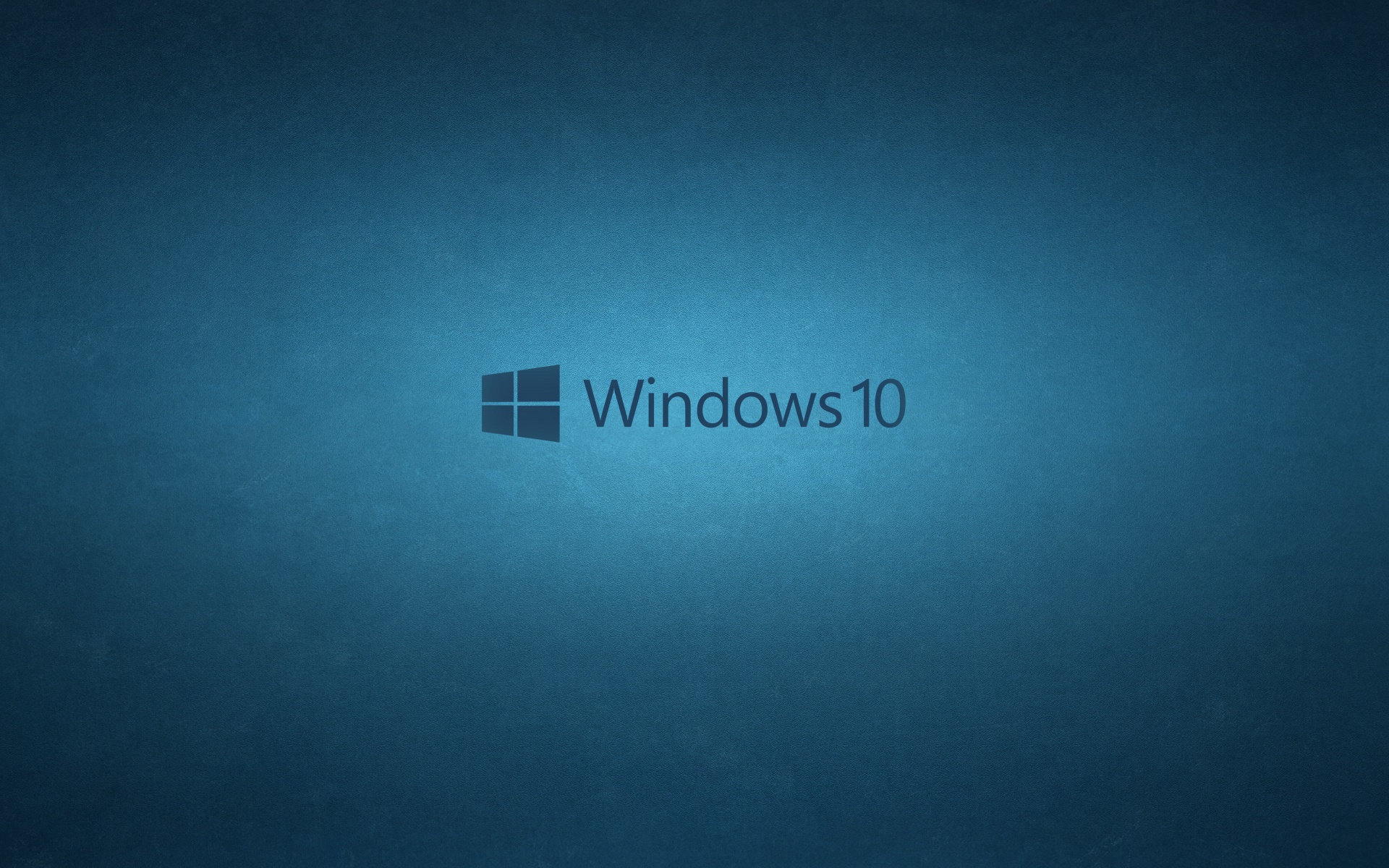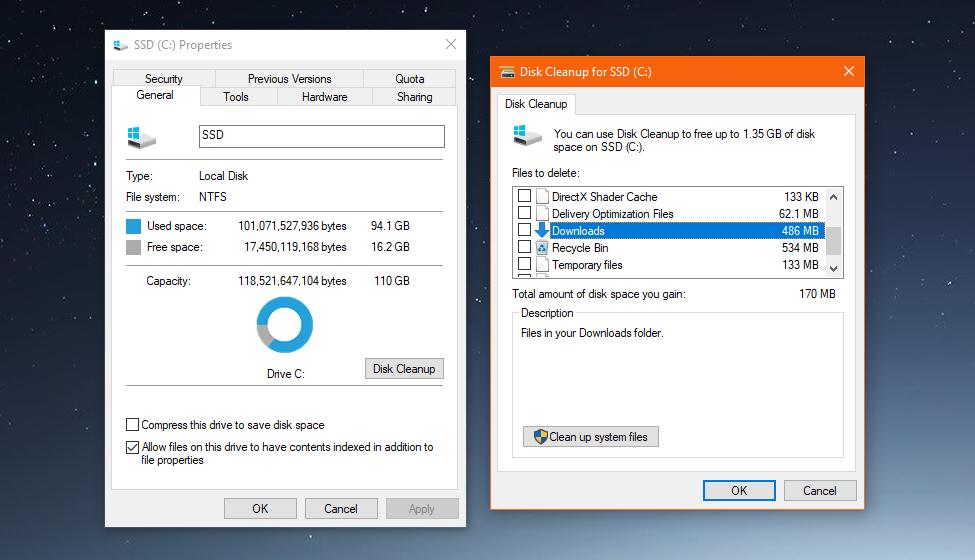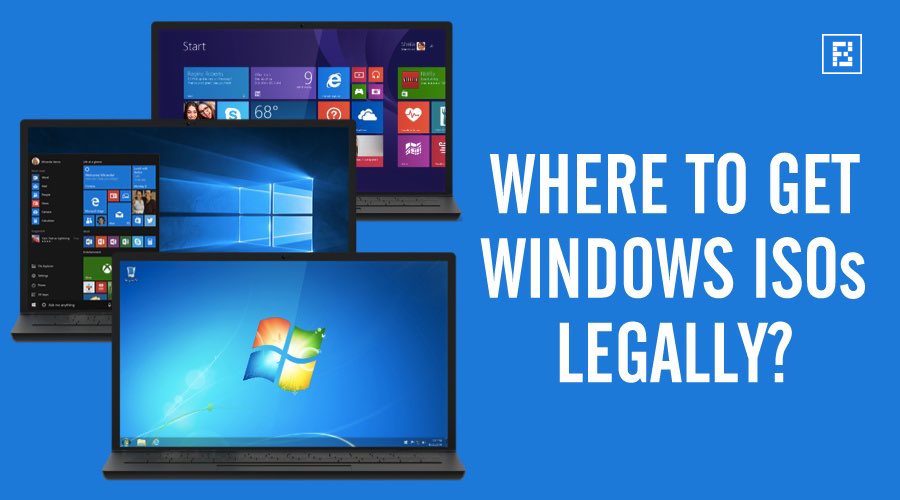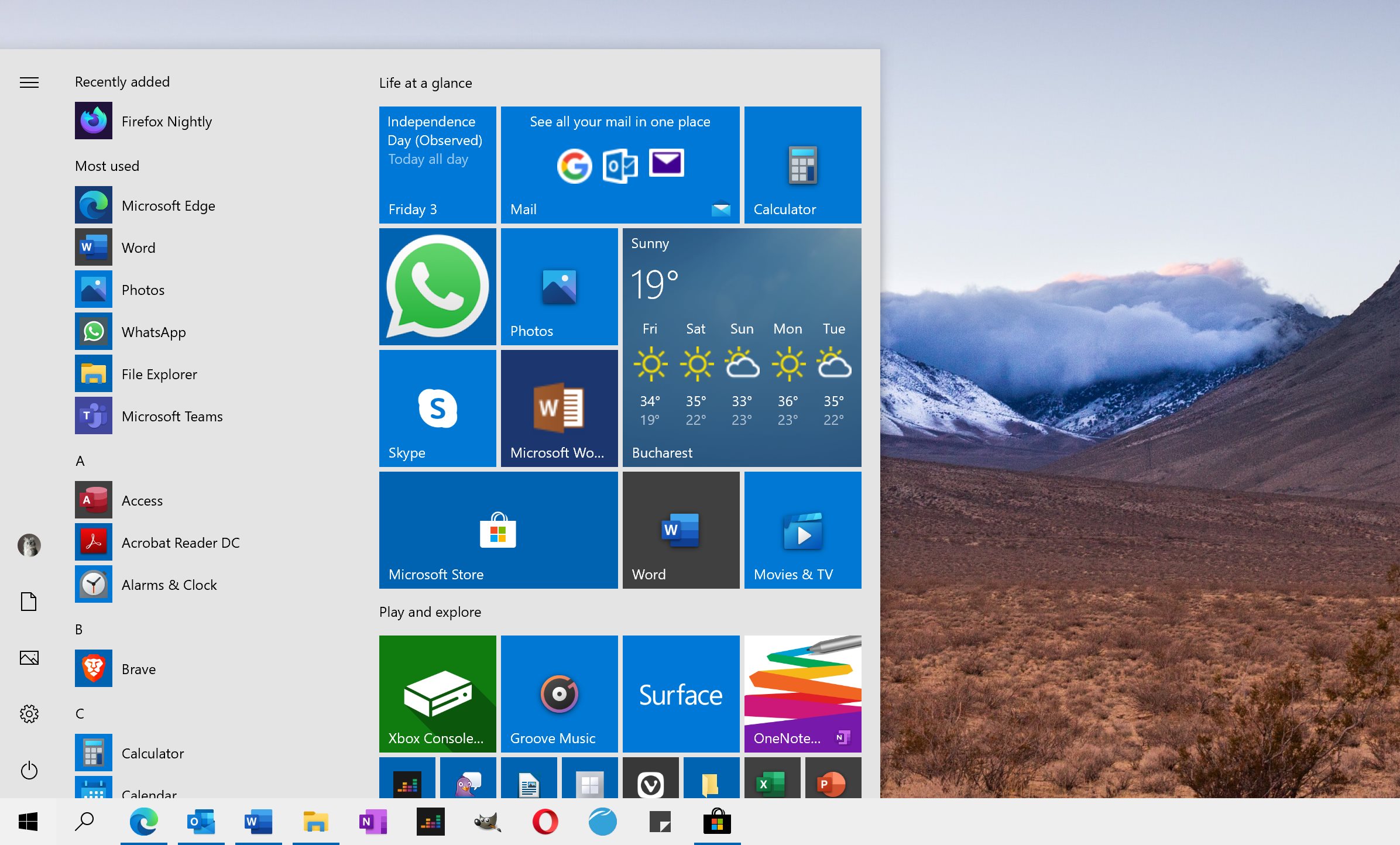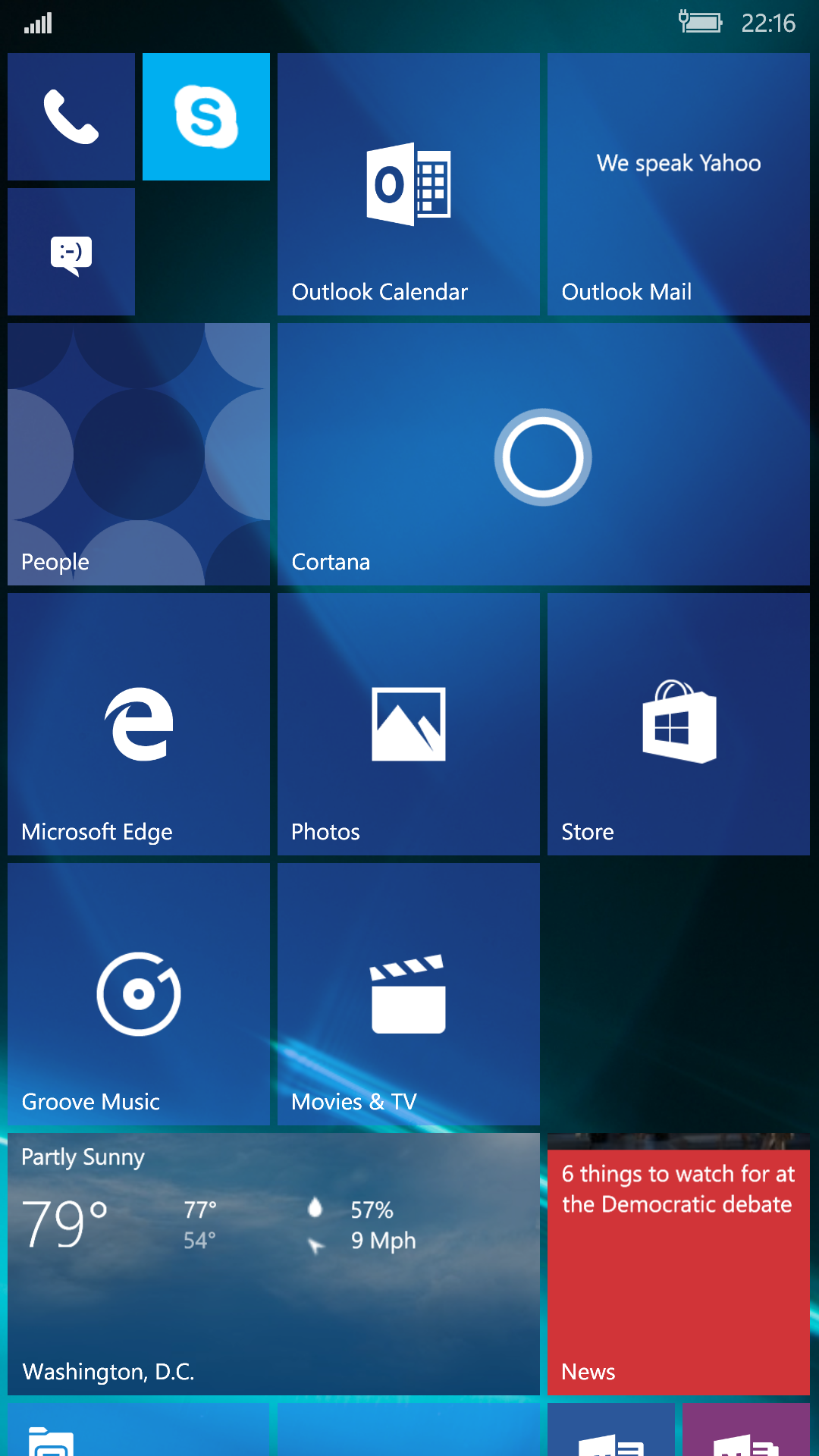Other critics argued that Microsoft should not have triggered any downloading of Windows 10 installation files without user consent. Extended support until January 9, 2029The original release of Windows 10 receives mainstream support for five years after its original release, followed by five years of extended support, but this is subject to conditions. Microsoft stated that these devices would no longer receive feature updates, but would still receive security updates through January 2023. Microsoft will continue to support at least one standard Windows 10 semi-annual channel release until October 14, 2025. 10 product keys, meaning they could be entered during installation to activate the free license, without the need to upgrade first to "activate" the hardware with Microsoft's activation servers.
Since the release of Windows 10 version 1709, Microsoft decided to release multi-edition installation media, to alleviate installation and product activation issues users experienced because of accidentally installing the wrong Edition of Windows 10. In March 2016, some users also alleged that their Windows 7 and 8.1 devices had automatically begun upgrading to Windows 10 without their consent. In June 2016, the GWX dialog's behavior changed to make closing the window imply a consent to a scheduled upgrade. It was concluded that these users may have unknowingly clicked the "Accept" prompt without full knowledge that this would begin the upgrade.
Users that have previous versions of the Windows operating software are able to update their systems to the Windows 10 program for free. To install the Windows 10 free upgrade, you just need to open the main menu in the lower-left corner of the desktop screen, as well as the settings icon to access the 'Update & Security' section. On May 2, 2017, Microsoft unveiled Windows 10 S , a feature-limited edition of Windows 10 which was designed primarily for devices in the education market , such as the Surface Laptop that Microsoft also unveiled at this time.
The OS restricts software installation to applications obtained from Microsoft Store; the device may be upgraded to Windows 10 Pro for a fee to enable unrestricted software installation. As a time-limited promotion, Microsoft stated that this upgrade would be free on the Surface Laptop until March 31, 2018. Windows 10 S also contains a faster initial setup and login process, and allows devices to be provisioned using a USB drive with the Windows Intune for Education platform. The new Start menu takes after Windows 7's design by using only a portion of the screen and including a Windows 7-style application listing in the first column. Myerson said that these changes would occur in a future update, but did not elaborate. Windows Phone 8.1 would share nearly 90% of the common Windows Runtime APIs with Windows 8.1 on PCs.
The upgrade offer was marketed and initiated using the "Get Windows 10" application, which was first downloaded and installed via Windows Update in March 2015. Registry keys and group policies could be used to partially disable the GWX mechanism, but the installation of patches to the GWX software via Windows Update could reset these keys back to defaults, and thus reactivate the software. Third-party programs were also created to assist users in applying measures to disable GWX. Critics have acknowledged that Microsoft's update and testing practices had been affecting the overall quality of Windows 10.
In particular, it was pointed out that Microsoft's internal testing departments had been prominently affected by a major round of layoffs undertaken by the company in 2014. Microsoft relies primarily on user testing and bug reports via the Windows Insider program , as well as correspondence with OEMs and other stakeholders. In the wake of the known folder redirection data loss bug in the version 1809, it was pointed out that bug reports describing the issue had been present on the Feedback Hub app for several months prior to the public release. Following the incident, Microsoft updated Feedback Hub so that users may specify the severity of a particular bug report. This edition is designed for "special-purpose devices" that perform a fixed function .
For this reason, it excludes Cortana, Microsoft Store, and all bundled Universal Windows Platform apps . Unlike previous versions of Windows, Windows Update does not allow the selective installation of updates, and all updates are downloaded and installed automatically. Users can only choose whether their system will reboot automatically to install updates when the system is inactive, or be notified to schedule a reboot. Version 1703 allows wired networks to be designated as metered, but Windows may still download certain updates while connected to a metered network. A new iteration of the Start menu is used on the Windows 10 desktop, with a list of places and other options on the left side, and tiles representing applications on the right.
The menu can be resized, and expanded into a full-screen display, which is the default option in Tablet mode. A new virtual desktop system was added by a feature known as Task View, which displays all open windows and allows users to switch between them, or switch between multiple workspaces. Universal apps, which previously could be used only in full screen mode, can now be used in self-contained windows similarly to other programs. Program windows can now be snapped to quadrants of the screen by dragging them to the corner. When a window is snapped to one side of the screen, Task View appears and the user is prompted to choose a second window to fill the unused side of the screen (called "Snap Assist").
Windows 10 received mostly positive reviews upon its original release. Once downloaded, this ISO download tool makes it easy to turn any USB key into a bootable Windows 10 installer and allows you to download the Windows 10 ISO file for future use. A terms-of-use screen will pop up, and you'll need to then click Accept.
You must then confirm whether you want to upgrade your current PC or create installation media for another PC. If you want to do a new installation of Windows 10 then you can download the Windows 10 Windows Media Creation tool. This will automatically download Windows and create a bootable media like USB or DVD for you.
The media creation tool acts as a Windows 10 download tool plus a bootable USB builder. You can perform a clean install as well as upgrade your current installation. 10 heavily emphasizes freemium services, and contains various advertising facilities.
Some outlets have considered these to be a hidden "cost" of the free upgrade offer. Feature updates prior to version 1909 are distributed solely as an in-place upgrade installation, requiring the download of a complete operating system package (approximately 3.5 GB in size for 64-bit systems). Unlike previous builds, version 1909 is designed primarily as an update rollup version of 1903, focusing primarily on minor feature additions and enhancements.
For upgrades to 1909 from 1903, a new delivery method is used where its changes were delivered as part of the monthly cumulative update, but are left in a dormant state until the 1909 update "enablement" patch is installed. The full upgrade process is still used for those using builds prior to 1903. Windows 10 is a major release of the Windows NT operating system developed by Microsoft.
It is the successor to Windows 8.1, which was released nearly two years earlier, and itself was released to manufacturing on July 15, 2015, and broadly released for the general public on July 29, 2015. Windows 10 was made available for download via MSDN and TechNet, as a free upgrade for retail copies of Windows 8 and Windows 8.1 users via the Windows Store, and to Windows 7 users via Windows Update. Windows 10 receives new builds on an ongoing basis, which are available at no additional cost to users, in addition to additional test builds of Windows 10, which are available to Windows Insiders.
Devices in enterprise environments can receive these updates at a slower pace, or use long-term support milestones that only receive critical updates, such as security patches, over their ten-year lifespan of extended support. I wrote and published the first version of this post in early 2017, several months after Microsoft's initial free upgrade offer ended. The free upgrade offer had just ended, and when I downloaded the Windows 10 upgrade tool and ran it on an old Windows 7 PC, I fully expected that the upgrade would fail activation and I'd be asked for a product key. You can easily access any version of Windows 10 from this Microsoft download link. The problem with this link is that if you open the link on a Windows 10 PC, it will automatically detect and force the user to download the media creation tool first. The media creation tool can download the ISO but it is not a very pleasant experience.
If you want to use a download manager, then you will need the direct download links. It should be noted that if you have a Windows 7 or 8 Home license, you can only update to Windows 10 Home, while Windows 7 or 8 Pro can only be updated to Windows 10 Pro. (The upgrade is not available for Windows Enterprise. Other users may experience blocks as well, depending on your machine.) This upgrade using the media creation tool isn't meant for the general consumer, but it works for many nonetheless. Get Windows 10 ISO and install it on your computer, this is a dedicated article for building an up-to-date Windows 10 ISO file on your computer. We've listed hassle-free methods to get Windows 10 ISO files for 32-bit or 64-bit machines. Before starting, you might want to figure out your system's architecture and if you have the minimum space required to install windows 10.
Users with modern computers get major updates early than everyone. Use the following links and tips to get the ISO file of the latest Windows 10 version create a bootable USB and install it on a computer. Kodi is a free and open source media player application developed by the Kodi Foundation, a non-profit technology consortium. Kodi is available for multiple operating-systems and hardware platforms, featuring a 10-foot user interface for use with televisions and remote controls. It allows users to play and view most videos, music, podcasts, and other digital media files from local and network storage media and the internet. Microsoft has a series of Windows versions that are rolled out to provide the best services for its users.
The company has declared to release the New Windows 11 later this year by delivering a free update for Windows 10 users. And if the users want to try the service, it is available on Windows Insiders. You have to download Windows 11, which is a processor that has two or more cores and a clock speed of 1GHz or higher, RAM of 4GB or more, and at least 64GB storage, TPM security version of TPM 1.2 or higher and SecureBootCapable support.
These are the basic requirements with some additional details available on most PCs. On January 21, 2016, Microsoft was sued in small claims court by a user whose computer had attempted to upgrade to Windows 10 without her consent shortly after the release of the operating system. The upgrade failed, and her computer was left in a broken state thereafter, which disrupted the ability to run her travel agency. The court ruled in favor of the user and awarded her $10,000 in damages, but Microsoft appealed. However, in May 2016, Microsoft dropped the appeal and chose to pay the damages.
As of the May 2019 update, the minimum disk space requirement has been increased to 32 GB. In addition, on new installations, Windows permanently reserves up to 7 GB of disk space in order to ensure proper installation of future feature updates. 10 Home and Pro is "Semi-Annual Channel " (formerly "Current Branch", or "CB"), which receives stable builds after they are publicly released by Microsoft. Each build of Windows 10 is supported for 18 months after its original release. In enterprise environments, Microsoft officially intends that this branch is used for "targeted" deployments of newly-released stable versions so that they can be evaluated and tested on a limited number of devices before a wider deployment.
In 2021, however, Microsoft announced that Windows 10 would be succeeded on compatible hardware by Windows 11–and that Windows 10 support will end on October 14, 2025. You will need a valid Windows 10 product key to install Windows 10. On computers currently running Windows 7 or Windows 8/8.1, this isn't a problem.
You can upgrade in place, and Windows 10 will detect your previous license. Failing that, you can use the product key on your device — look for a sticker. On the next screen, if you're looking to install Windows on your PC, select the ISO File option. Doing so will save a file that you can click later to upgrade your PC to Windows 10. After selecting ISO File, click Next, and select where to save the ISO file.
Once the download is complete, you will have the ISO file on your computer's hard drive. The Go Back feature, which allows you to reinstall a previous version of Windows, is available for 10 days after upgrading to Windows 10 . The Windows installation files occupy a large amount of hard drive storage space during that time. However, you can delete them manually if you want to free up storage space before then.
You can build the latest 21H1 OS ISO on your computer using original files. It is a script that downloads all the necessary files from the Microsoft server and converts them to ISO files, you will always get the latest version of Windows 10. One significant benefit you won't require is a manual update from Windows automatic updates. The script downloads UUP files from Microsoft servers and converts them to ISO. Beginning with Intel Kaby Lake and AMD Bristol Ridge, Windows 10 is the only version of Windows that Microsoft will officially support on newer CPU microarchitectures.
Terry Myerson stated that Microsoft did not want to make further investments in optimizing older versions of Windows and associated software for newer generations of processors. In addition, an enthusiast-created modification was released that disabled the check and allowed Windows 8.1 and earlier to continue to work on the platform. Windows 10 is often described by Microsoft as being a "service", as it receives regular "feature updates" that contain new features and other updates and fixes. In April 2017, Microsoft stated that these updates would be released twice a year every March and September in the future.
Mainstream builds of Windows 10, until and including 2004, were labeled "YYMM", with "YY" representing the two-digit year and "MM" representing the month of release. For example, version 1809 was released in September of 2018. This was changed with the 20H2 release where "MM" represents the half of the year in which the update was released, for example H1 for the first half and H2 for the second half. However, a loophole was found that allowed Windows 7 and 8.1 users upgrade to Windows 10 via either the media creation tool or just by using their Windows 7 or 8.1 product keys.
Credentials are stored in an encrypted form on Microsoft servers and sent to the devices of the selected contacts. Passwords are not viewable by the guest user, and the guest user is not allowed to access other computers or devices on the network. Wi-Fi Sense is not usable on 802.1X-encrypted networks. Adding "_optout" at the end of the SSID will also block the corresponding network from being used for this feature. Microsoft Family Safety is replaced by Microsoft Family, a parental controls system that applies across Windows platforms and Microsoft online services.
Users can create a designated family, and monitor and restrict the actions of users designated as children, such as access to websites, enforcing age ratings on Microsoft Store purchases, and other restrictions. The service can also send weekly e-mail reports to parents detailing a child's computer usage. Unlike previous versions of Windows, child accounts in a family must be associated with a Microsoft account—which allows these settings to apply across all Windows 10 devices that a particular child is using. Charms have been removed; their functionality in universal apps is accessed from an App commands menu on their title bar.
In its place is Action Center, which displays notifications and settings toggles. It is accessed by clicking an icon in the notification area, or dragging from the right of the screen. The Settings app was refreshed and now includes more options that were previously exclusive to the desktop Control Panel.
The Windows Runtime app ecosystem was revised into the Universal Windows Platform . These universal apps are made to run across multiple platforms and device classes, including smartphones, tablets, Xbox One consoles, and other devices compatible with Windows 10. On September 30, 2014, Microsoft officially announced that Threshold would be unveiled during a media event as Windows 10. Myerson said that Windows 10 would be Microsoft's "most comprehensive platform ever", providing a single, unified platform for desktop and laptop computers, tablets, smartphones, and all-in-one devices. He emphasized that Windows 10 would take steps towards restoring user interface mechanics from Windows 7 to improve the experience for users on non-touch devices, noting criticism of Windows 8's touch-oriented interface by keyboard and mouse users.


